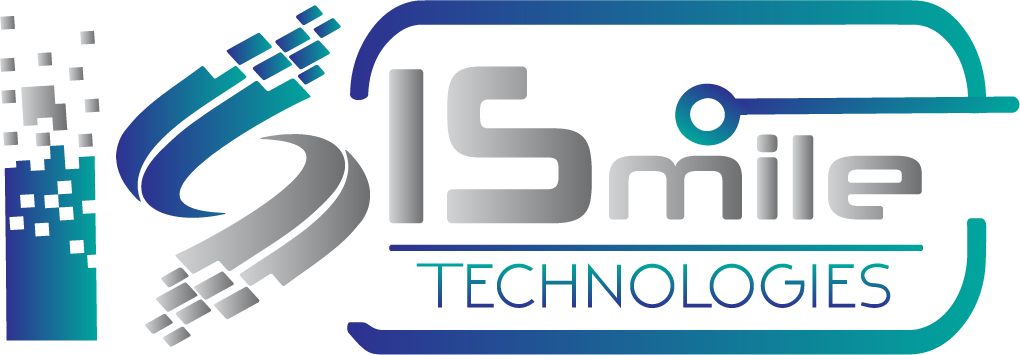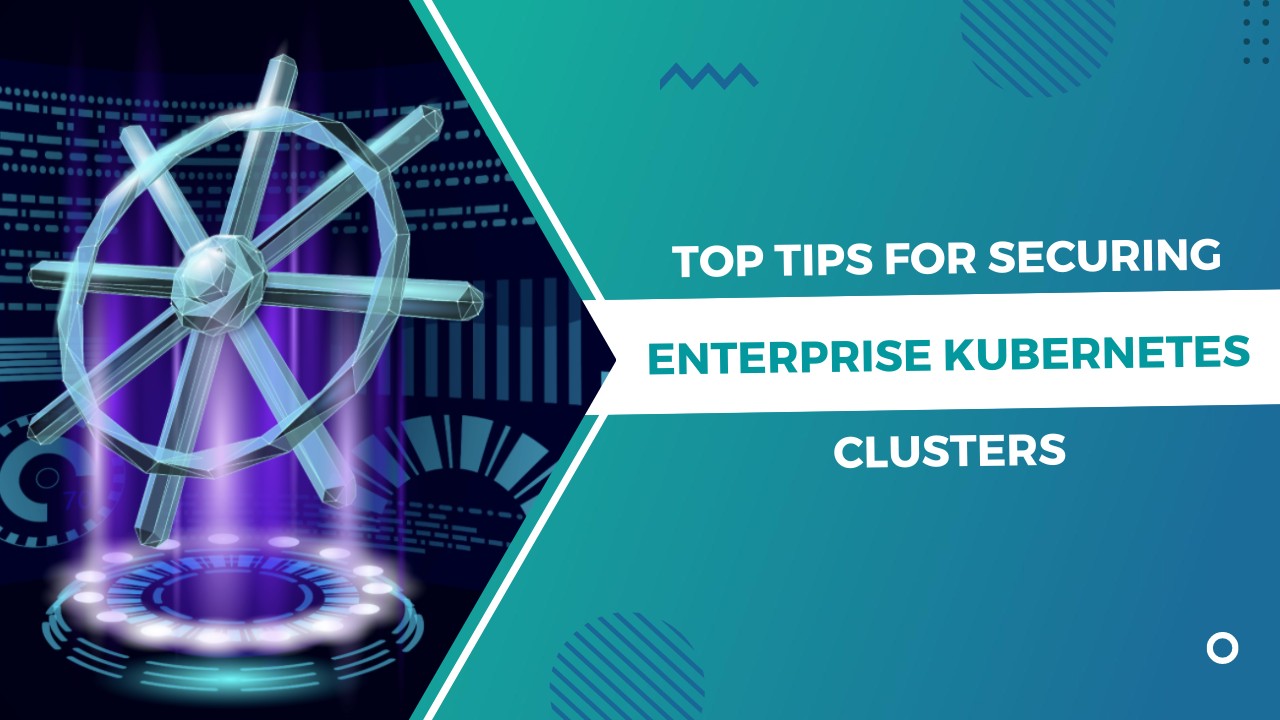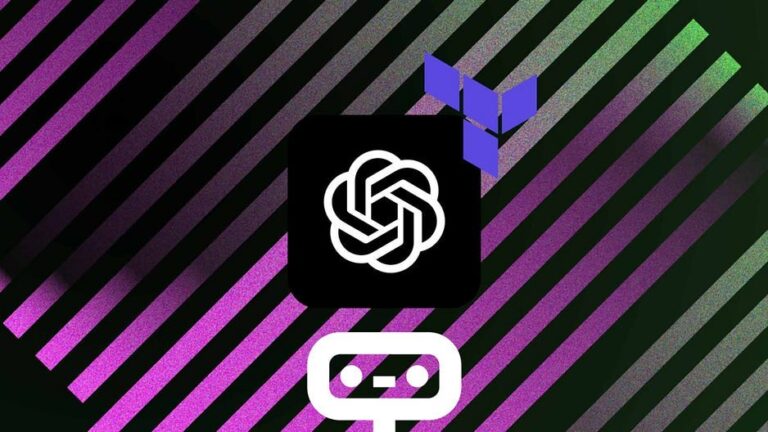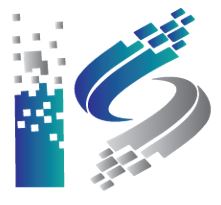Kubernetes has become an essential part of software infrastructure today. Are you using Kubernetes clusters for your workloads? If you are an enterprise or a medium size company, there are chances that you are already running Kubernetes clusters for doing your organizational chores. Today, many DevOps engineers maintain either an on-prem Kubernetes cluster or they maintain a PaaS like Amazon EKS, Microsoft AKS, or GKE. But irrespective of how you run your Kubernetes clusters, you will have to ensure that they are safe & secure. There are multiple levels of security in Kubernetes API.
- Transport security: This layer is used to do all kinds of API communications, and this is done using valid certificates.
- Authentication: Kubernetes support different kinds of authentication mechanism to authenticate all API requests.
- Authorization: One or more supported authorization models are used to authorize authenticated requests.
- Admission control: Admission control modules validate all authorized requests except read/get requests.
There are many out-of-the-box security options in Kubernetes, but to protect your infrastructure, you will have to consider many more security best practices. Let’s see what the tips are for protecting Kubernetes clusters:
Employ Kubernetes Role-Based Access Control (RBAC)
Kubernetes support multiple authorization models for its API server. RBAC (Role-Based Access Control), ABAC (Attributed-Based Access Control), Node authorization, and Webhook mode. Amongst all these authorization models, RBAC is the more secure and is widely used. It’s also ideal for enterprises and medium size organizations. It’s easy to define role-based access control with RBAC, which resembles your organization’s business rules. RBAC is also an excellent option for OIDC authentication.
Ready to automate dev & ops to shorten the SDLC?
Talk to our experts today & see how they can help to fulfill your business objectives.
Use OpenID Connect to secure your API server
There are so many authentication mechanisms that Kubernetes support. Some of them are OpenID Connect (OIDC), Client certificates, Basic authentication, , and Proxy. OIDC is quite secure and scalable solution.
If you have clusters that are accessed by large teams, then this authentication mechanism is ideal for such clusters. It is so because it provides a single sign-on solution for all users. Also, it makes it easy to onboard and offboard users. Because you don’t have to store sensitive information on a user’s computer, such as client secrets and passwords, it’s also considered far more secure than other mechanisms. It also has key features like MFA and Yubikey, which you can use if your OIDC provider supports it.
Use the Secrets feature to take care of all Sensitive Data
This one is pretty straightforward. Kubernetes has a provision for storing sensitive data in the form of Secret resources. Sensitive data like passwords, keys, and others can be stored this way. Secrets can store string data, tokens, files, docker config, certificates, etc. You can mount Secrets as data volumes or expose them as container environment variables. You can use plain or encoded text to store Secrets, but it’s advisable to use it to store secrets. Secrets are very flexible and are native to Kubernetes, so there is every reason for you to use them. Also, ensure that you have implemented proper RBAC for secrets so that it’s not accessible to everyone.
ISmile Technologies is a renowned provider of DevOps enablement solutions. We see DevOps as a no-touch CI/CD driven software delivery approach that believes that a single integrated delivery function from requirements to testing & production will provide better business value to the customers. Schedule your free assessment today.










